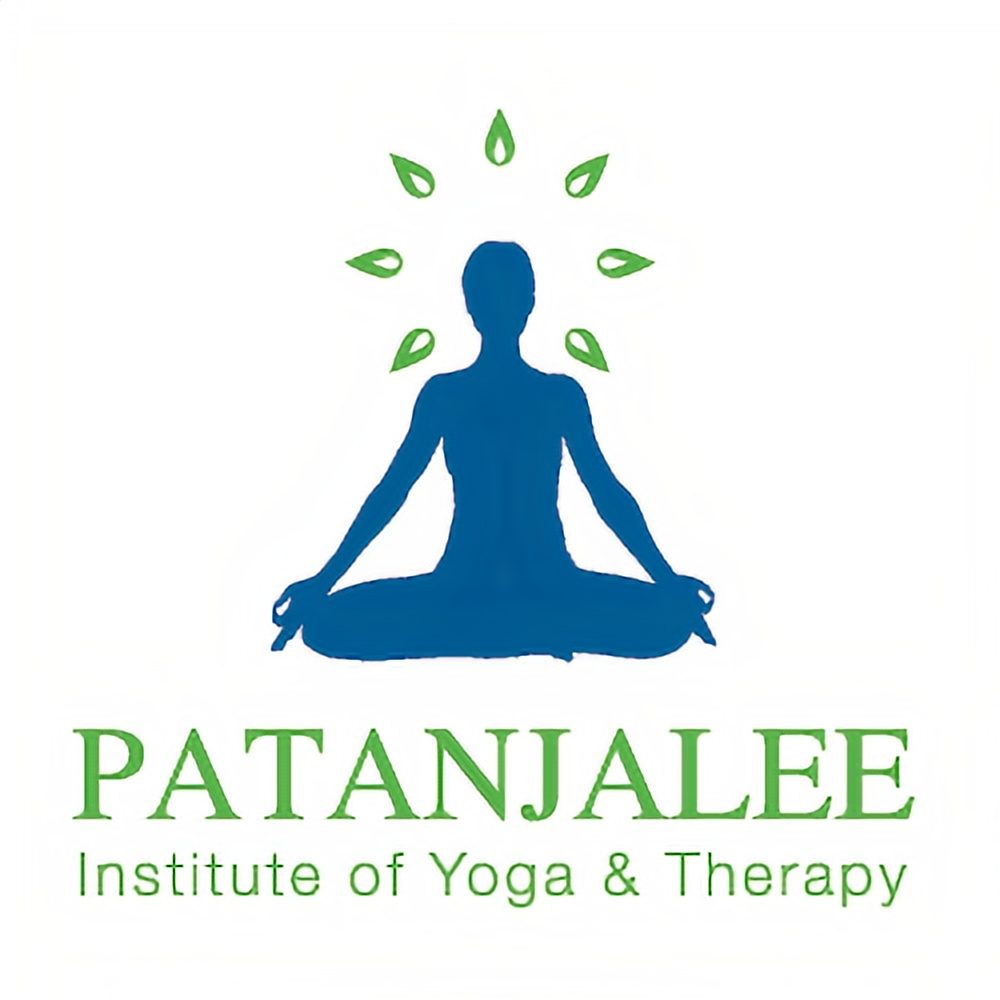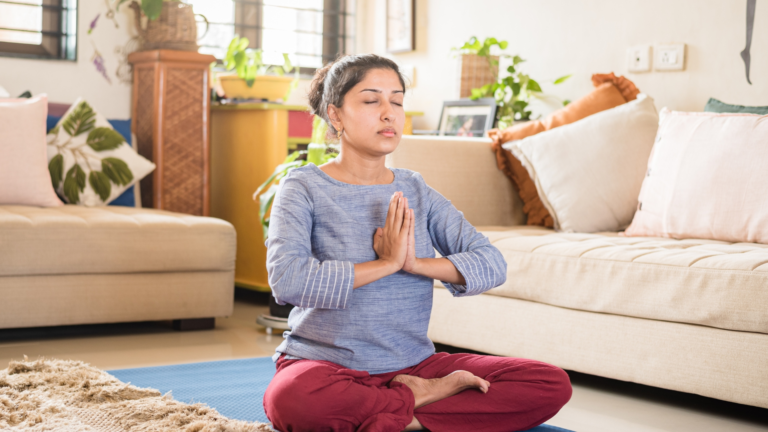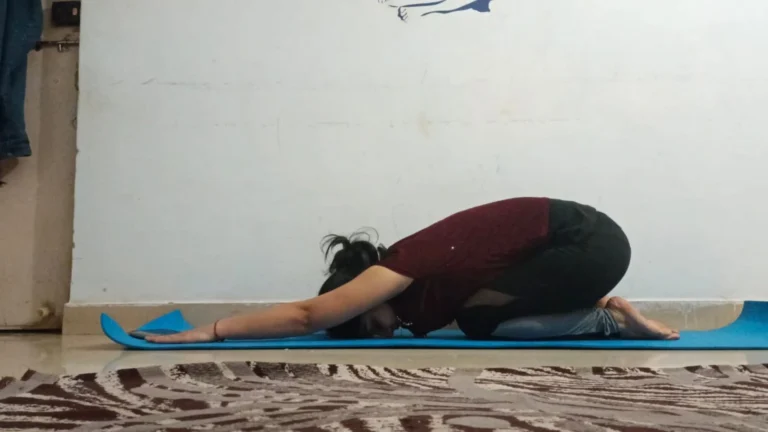The Healing Power of Pranayama: Techniques and Benefits
In today’s whirlwind world, where stress and anxiety seem to be constant companions, finding a moment of calm can feel like a luxury. But what if I told you that a simple, ancient practice could help bring balance and tranquility into your life? Enter pranayama, a powerful breath control technique from the yogic tradition that’s here to be your personal breath of fresh air.
Let’s dive into what pranayama is all about, the techniques you can try, and how this practice can make a world of difference. And if you’re looking to get started, many online yoga classes offer fantastic pranayama sessions to help you on your journey!
What Is Pranayama?
Pranayama is derived from two Sanskrit words: “prana,” meaning life force or vital energy, and “ayama,” meaning extension or control. Essentially, pranayama is about extending and controlling your breath to enhance your energy, health, and overall sense of well-being. Unlike mere deep breathing, pranayama is a sophisticated practice that involves specific techniques to regulate the inhalation, retention, and exhalation of breath. These techniques are designed to harmonize the flow of energy within the body, which can lead to improved mental clarity, emotional stability, and physical health.

At its core, pranayama aims to balance the body’s energy channels, known as nadis, and enhance the flow of prana. The practice is rooted in ancient yogic traditions and is considered one of the key components of a holistic yoga practice. You can practice pranayama four times a day: at 6 AM, 12 PM, 6 PM, and 12 AM. By focusing on breath control, pranayama helps to connect the mind and body, leading to a state of harmony and tranquility.
Cool Pranayama Techniques to Try
- Ujjayi (Victorious Breath):
Ujjayi, often called the “ocean’s breath,” is a technique that involves breathing deeply through the nose while gently constricting the throat. This creates a soft, ocean-like sound during inhalation and exhalation. Ujjayi is known for its calming effects on the nervous system, enhancing concentration, and increasing lung capacity. It’s a great technique to use during yoga practice or meditation to maintain a steady, focused breath.
How to Practice Ujjayi:
- Sit or stand comfortably with a straight spine.
- Inhale deeply through your nose, slightly constricting the back of your throat to create a soft sound.
- Exhale slowly through your nose, maintaining the same constriction in your throat.
- Continue for a few minutes, focusing on the sound and rhythm of your breath.
- Nadi Shodhana (Alternate Nostril Breathing):
Nadi Shodhana, or alternate nostril breathing, involves inhaling and exhaling through one nostril at a time. This technique is known for balancing the left and right hemispheres of the brain, reducing stress, and promoting mental clarity. It helps to clear energy blockages and harmonize the body’s energy channels.
How to Practice Nadi Shodhana:

- Sit comfortably with your spine straight.
- Use your right thumb to close off your right nostril.
- Inhale deeply through your left nostril, then close it with your right ring finger.
- Open your right nostril and exhale slowly through it.
- Inhale through your right nostril, close it with your right thumb, and exhale through your left nostril.
- Continue this cycle for several minutes, focusing on your breath and the balance it creates.
- Kapalbhati (Skull Shining Breath):
Kapalabhati is a powerful technique involving rapid, forceful exhalations followed by passive inhalations. This practice energizes the mind, detoxifies the body, and strengthens the respiratory system. It’s often used to clear mental fog and stimulate the digestive system.
How to Practice Kapalbhati:
- Sit with a straight spine and relaxed shoulders.
- Take a deep inhale through your nose.
- Forcefully exhale through your nose while pulling your abdomen in towards your spine.
- Allow the inhale to happen naturally as your abdomen relaxes.
- Continue the rapid exhalations for 30 seconds to a minute, then take a few deep breaths and relax.
Check out our blog, “Is Kapalbhati Safe During Pregnancy?” To know more about Kapalbhati.
- Bhramari (Bee Breath):
Bhramari, or bee breath, involves making a humming sound during exhalation, similar to a bee buzzing. This technique calms the mind, reduces anxiety, and promotes a deep sense of relaxation. It’s especially useful for soothing the nervous system and finding inner peace.
How to Practice Bhramari:
- Sit comfortably with your spine straight.
- Close your eyes and take a deep breath in through your nose.
- As you exhale, make a humming sound, keeping your lips gently closed.
- Focus on the vibration created by the sound and its calming effect.
- Continue for several minutes, enjoying the soothing sensations.
- Sheetali and Sheetkari (Cooling Breaths):
Sheetali and Sheetkari are cooling breath techniques that involve inhaling through the mouth. These practices help cool the body and calm the mind, making them especially beneficial during times of stress or overheating.
How to Practice Sheetali:
- Sit comfortably with a straight spine.
- Roll your tongue into a tube shape and inhale deeply through your mouth.
- Close your mouth and exhale through your nose.
- Continue for several minutes, focusing on the cooling effect of the breath.
How to Practice Sheetkari:
- Sit comfortably with a straight spine.
- Part your teeth slightly and inhale through your teeth with a hissing sound.
- Close your mouth and exhale through your nose.
- Continue for several minutes, focusing on the cooling sensation.
Why Pranayama Is Awesome
- Stress Buster: One of the best things about pranayama is its ability to reduce stress and balance emotions. Joining online yoga classes for stress helps you to learn techniques like Nadi Shodhana and Ujjayi to calm your nervous system, making everyday stressors feel a lot more manageable.
- Boosts Respiratory Health: Pranayama strengthens your lungs and improves oxygen exchange, which is fantastic for your overall respiratory health. Techniques like Kapalabhati clear out congestion and give your lungs a good workout.
- Sharpens Focus: Need to improve your concentration? Pranayama can help! By regulating your breath, you can clear mental fog and enhance your focus and cognitive performance.
- Energizes You: Feeling drained? Pranayama revitalizes your energy levels and boosts your vitality. Techniques like Kapalabhati and Bhramari can give you that extra pep in your step.
- Fosters Emotional and Spiritual Growth: Pranayama isn’t just about physical benefits—it also supports emotional healing and spiritual growth. It helps you connect with your inner self, promoting a sense of inner peace and alignment.
- Improves Sleep: Struggling with sleep issues? Pranayama can help. Techniques like Bhramari and Sheetali promote relaxation and can improve your sleep quality, leading to more restful nights.
- Supports Digestive Health: Your breath influences your digestive system too! Pranayama helps improve digestion, reduces bloating, and keeps your gut happy.
How to Get Started with Pranayama

- Start Simple: If you’re new to pranayama, start with just a few minutes each day. Gradually increase your practice as you become more comfortable. Simple techniques like Ujjayi and Nadi Shodhana are great for beginners.
- Create Your Zen Space: Find a quiet, cozy spot where you can practice without distractions. A comfortable space helps you focus better and get the most out of your practice.
- Practice Mindfully: Be present with your breath and notice how each technique affects you. Avoid rushing and practice with intention to truly reap the benefits.
- Make It a Habit: Try to incorporate pranayama into your daily routine. Whether it’s in the morning or before bed, regular practice helps maintain the benefits and keeps you feeling balanced.
- Mix It Up: Combine pranayama with other yoga practices like asanas (postures) and meditation for a well-rounded approach. This combination enhances overall wellness and promotes physical and mental balance.
- Get Some Guidance: If you’re unsure about how to start or experience any discomfort, many online yoga classes offer excellent pranayama sessions. They can guide you through the techniques and help you get the most out of your practice.
Conclusion
Pranayama is like a breath of fresh air for your body and mind. With its range of techniques, it helps reduce stress, improve your respiratory health, boost your focus, and enhance overall well-being. By integrating pranayama into your daily life, you open the door to a more balanced, energized, and peaceful existence.
So, why not give it a try? Whether you’re looking to manage stress, improve your focus, or just connect with your inner self, pranayama offers a wonderful pathway to a healthier, happier you. And remember, if you’re interested in exploring pranayama further, many online yoga classes are available to guide you on your journey.




